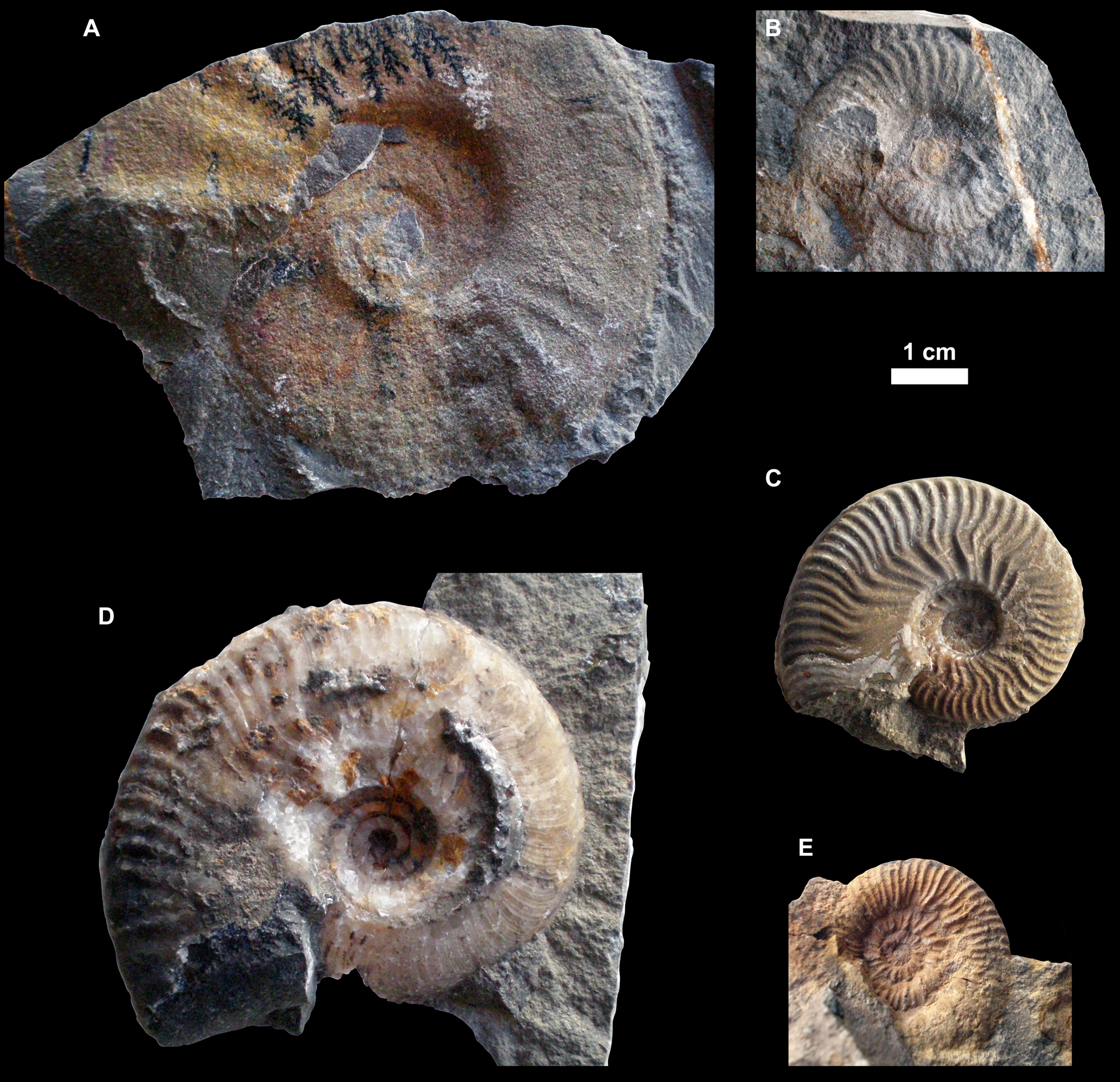USING HIGH-RESOLUTION AMMONITE BIOCHRONOSTRATIGRAPHY TO DATE VOLCANOGENIC DEPOSITS PRESERVED IN MIDDLE JURASSIC CARBONATE PLATFORMS SUCCESSIONS OF THE WESTERNMOST TETHYS (SOUTHEASTERN IBERIAN RANGE, SPAIN)
DOI:
https://doi.org/10.13130/2039-4942/16364Keywords:
ammonite associations; biochronostratigraphy; Jurassic Alpine Ocean; intracontinental volcanismAbstract
The Middle Jurassic successions that are currently exposed in eastern Spain (southeastern Iberian Range) were deposited in a system of shallow carbonate platforms, constituting the western margin of the Alpine Ocean, and display a series of successively interbedded volcaniclastic rocks and minor lava flows. The large-scale mapping reveals that Middle Jurassic volcanic rocks crop out along NW‒SE pathways, highlighting the importance of the role played by tectonics in controlling the spatial distribution of volcanic outcrops. The progressive dismemberment of Pangea impelled a geographic provinciality increase and, thus, might have contributed to a growing speciation rate of marine invertebrate organisms, notably ammonites. The present study provides new data constraining in detail the age of the Middle Jurassic volcanic deposits. The biochronostratigraphic calibrations of the sedimentary host rocks encasing the volcanics have been obtained from the study of the fossil content (mainly ammonites) from16 well-exposed stratigraphic sections. The study of the fossils from these sections has enabled the identification of three volcanic episodes during the Murchisonae Zone (Aalenian), the Concavum‒Discites zonal boundary (Aalenian-Bajocian), and the late Laeviuscula Zone or Laeviuscula‒Propinquans zonal boundary (Bajocian). Precise age constraints for volcanic accumulations can be a significant contribution in reconstructing the geodynamic history of the Iberian Basin.
Metrics

Downloads
Published
Issue
Section
License
Copyright (c) 2021 JOSÉ EMILIO CORTÉS

This work is licensed under a Creative Commons Attribution-NonCommercial-NoDerivatives 4.0 International License.
The journal allow the author(s) to hold the copyright without restrictions.






